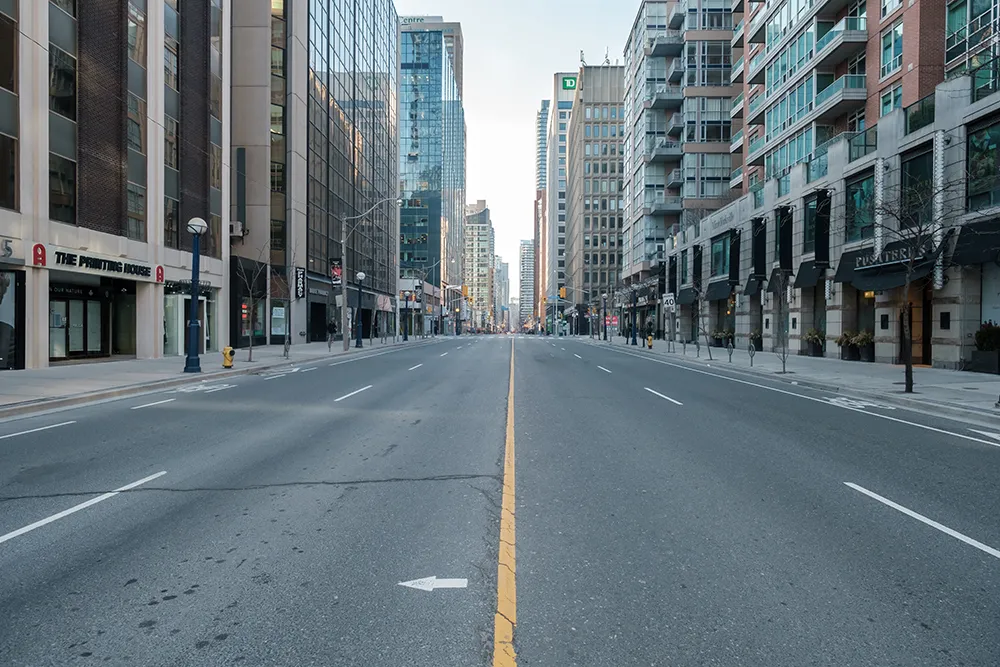Driving dynamics play a huge role in the purchasing decisions of vehicle owners in Europe. While safety and reliability are top priorities, driving dynamics-related capabilities such as manoeuvrability and ride quality rank high in importance among consumers looking to buy a car.
New analysis from Frost & Sullivan, European Consumers’ Attitude towards Driving Dynamics Technologies, finds that urban male customers are willing to pay a higher than average price to upgrade driving dynamics technologies. Wo
April 24, 2015
Read time: 2 mins
Driving dynamics play a huge role in the purchasing decisions of vehicle owners in Europe. While safety and reliability are top priorities, driving dynamics-related capabilities such as manoeuvrability and ride quality rank high in importance among consumers looking to buy a car.
New analysis from2097 Frost & Sullivan, European Consumers’ Attitude towards Driving Dynamics Technologies, finds that urban male customers are willing to pay a higher than average price to upgrade driving dynamics technologies. Women with higher than average income are most often prepared to pay a premium for safety features.
“Consumers across car segments agree on the top features required for an improved driving experience,” said Frost & Sullivan Automotive and Transportation Program manager Prana T Natarajan. “Secure handling, road-holding, and control over braking and steering are significant cogs in the wheel of consumer expectations.”
E&F segment car owners value steering handling more than smoothness of drive and powertrain features more than fuel or price. Smaller vehicle segment consumers too show interest in and willingness to pay for all-wheel drive (AWD) functionalities.
The inclination to pay drops significantly with the increase in price of steering, suspension and AWD technologies. Most consumers in Europe give more importance to value for money and hence look for optimally-priced solution packages.
“Technology providers must deploy appropriate pricing strategies to accelerate adoption rates,” suggested Natarajan. “Bundling is likely to be an effective way for driving dynamics solution suppliers to maximise profits on installed systems and attract potential consumers in Europe.”
New analysis from
“Consumers across car segments agree on the top features required for an improved driving experience,” said Frost & Sullivan Automotive and Transportation Program manager Prana T Natarajan. “Secure handling, road-holding, and control over braking and steering are significant cogs in the wheel of consumer expectations.”
E&F segment car owners value steering handling more than smoothness of drive and powertrain features more than fuel or price. Smaller vehicle segment consumers too show interest in and willingness to pay for all-wheel drive (AWD) functionalities.
The inclination to pay drops significantly with the increase in price of steering, suspension and AWD technologies. Most consumers in Europe give more importance to value for money and hence look for optimally-priced solution packages.
“Technology providers must deploy appropriate pricing strategies to accelerate adoption rates,” suggested Natarajan. “Bundling is likely to be an effective way for driving dynamics solution suppliers to maximise profits on installed systems and attract potential consumers in Europe.”









